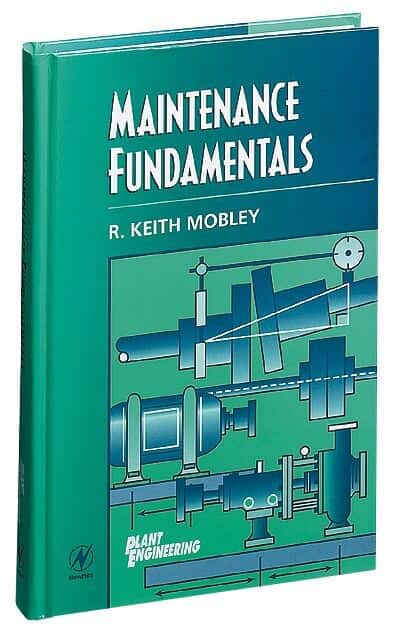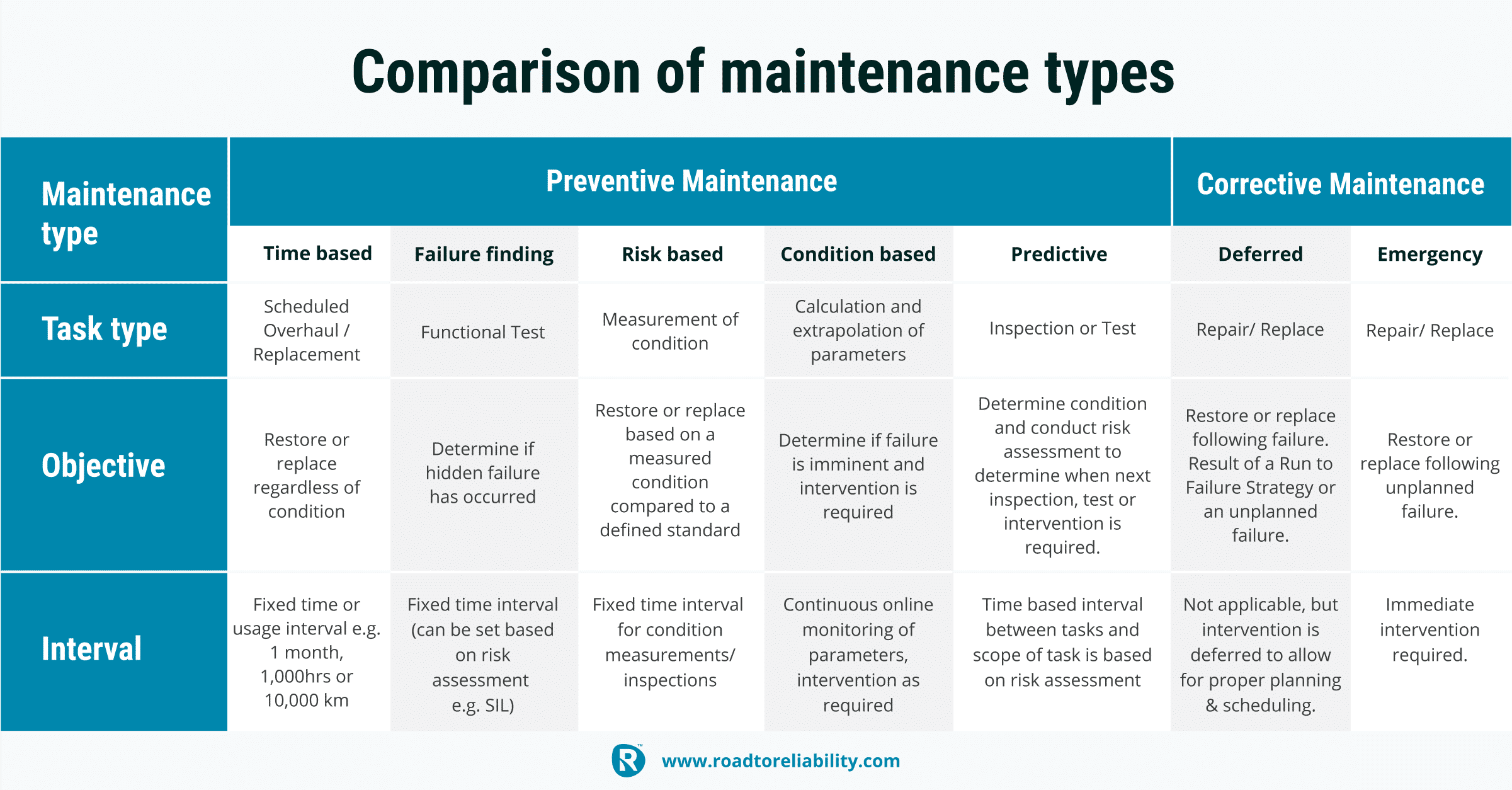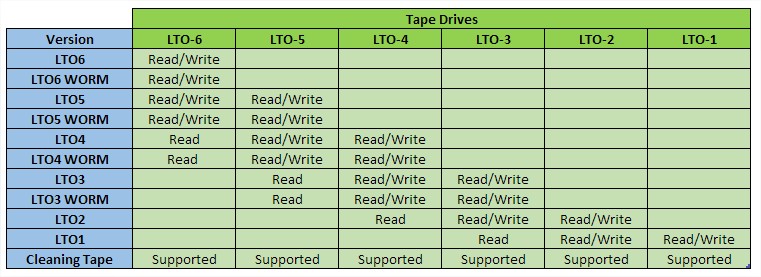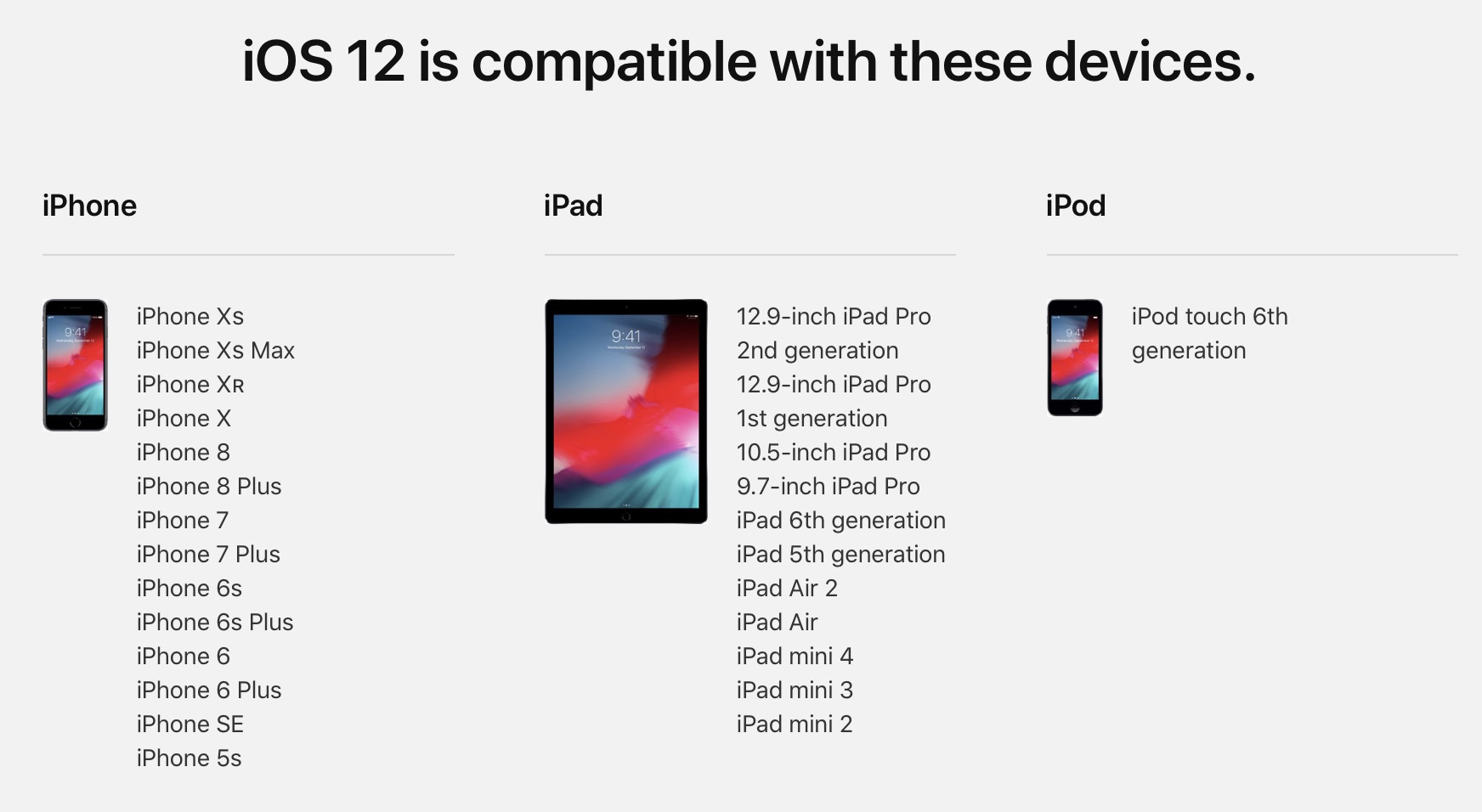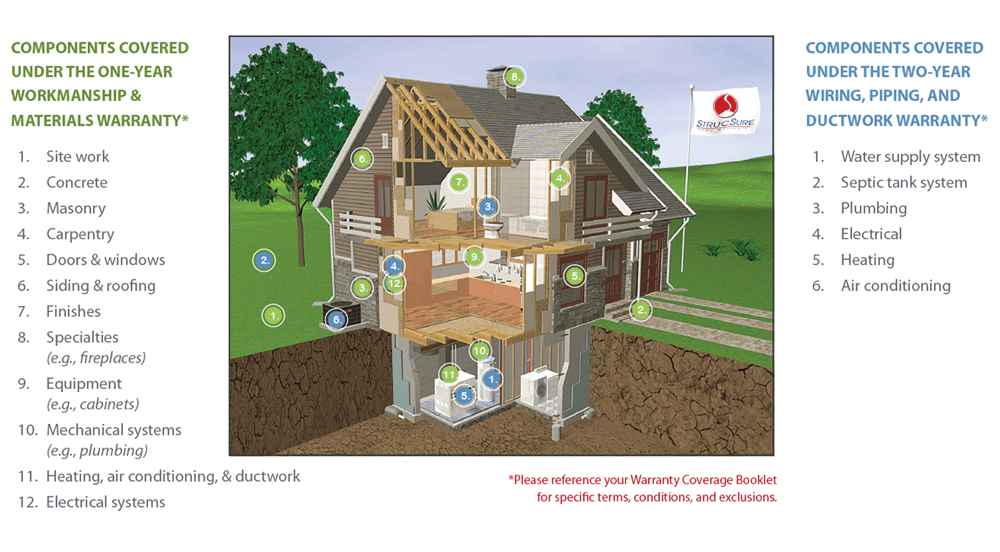When it comes to choosing a kitchen sink, one of the most important factors to consider is the material. The material not only affects the overall look of your sink, but also its durability and maintenance. Some popular materials for kitchen sinks include stainless steel, granite composite, fireclay, and porcelain. Stainless steel is a common choice due to its affordability and versatility, while granite composite offers a more upscale and modern look. Fireclay and porcelain are both classic and elegant options, but may require more careful maintenance. Consider the style and functionality of your kitchen when selecting the material for your sink.1. Material
Another crucial aspect to consider is the size of your kitchen sink. You want to choose a size that is proportionate to your kitchen and suits your needs. For smaller kitchens, a smaller sink may be more practical, while larger kitchens can accommodate bigger sinks for more workspace. Think about your daily tasks and how much space you need for washing dishes, preparing food, and other kitchen activities. Keep in mind that the size of your sink will also impact the size of your countertop and cabinet, so make sure to measure accurately and choose accordingly.2. Size
The style of your kitchen sink can greatly enhance the overall aesthetic of your kitchen. From farmhouse to modern, there are various styles to choose from that can complement your kitchen's design. Consider the style of your cabinets and countertops and choose a sink that will blend seamlessly. You can also opt for a sink with unique features, such as a farmhouse apron front or a sleek undermount design, to add a touch of personality to your kitchen.3. Style
There are different types of mounting options for kitchen sinks, including top mount, undermount, and flush mount. Top mount sinks are installed on top of the countertop and are the most common type of sink. Undermount sinks are mounted underneath the countertop for a seamless and clean look. Flush mount sinks are integrated into the countertop for a sleek and modern appearance. Consider the look and functionality of each mounting option before making your decision.4. Mounting
The depth of your kitchen sink is often overlooked, but it can greatly impact its functionality. A deeper sink allows for more space to wash larger dishes and pots, while a shallower sink can be more convenient for daily tasks. Think about the size of your dishes and the types of tasks you will be using your sink for when deciding on the depth. Keep in mind that a deeper sink may also require a larger cabinet and support underneath.5. Depth
The configuration of your kitchen sink refers to the number of bowls and their placement. A single bowl sink is the most common and offers a large workspace, while a double bowl sink allows for multitasking and separating dirty and clean dishes. You can also choose from different configurations, such as offset or equal bowls, depending on your preferences. Consider your daily tasks and the size of your kitchen when selecting the configuration of your sink.6. Configuration
Before starting your search for a kitchen sink, it's important to determine your budget. Kitchen sinks can range in price from a few hundred dollars to thousands of dollars, depending on the material, size, and features. Set a realistic budget and stick to it to avoid overspending. Keep in mind that a higher-priced sink may offer better quality and durability, but that doesn't mean you can't find a budget-friendly option that meets your needs and style.7. Budget
Kitchen sinks require regular maintenance to keep them clean and in good condition. Some materials, such as stainless steel, are more low maintenance and easy to clean, while others, like fireclay, may require more attention. Consider how much time and effort you are willing to put into maintaining your sink and choose a material that fits your lifestyle. You can also look for features like a satin finish or a soundproof coating that can make maintenance easier.8. Maintenance
When choosing a kitchen sink, it's important to consider its compatibility with your existing kitchen fixtures and appliances. Make sure to take accurate measurements of your sink's space and compare it to the dimensions of the sink you are interested in. You should also consider the compatibility with your plumbing system and countertop material. Consult with a professional if you have any concerns or questions about compatibility.9. Compatibility
Last but not least, make sure to check the warranty of your chosen kitchen sink. A good warranty can provide peace of mind and protect your investment. Different manufacturers offer different warranties, so make sure to read the fine print and understand what is covered. Some warranties may only cover defects in the material or workmanship, while others may offer a limited lifetime warranty. Consider the length and coverage of the warranty when making your final decision.10. Warranty
Tips for Choosing a Kitchen Sink: Additional Considerations
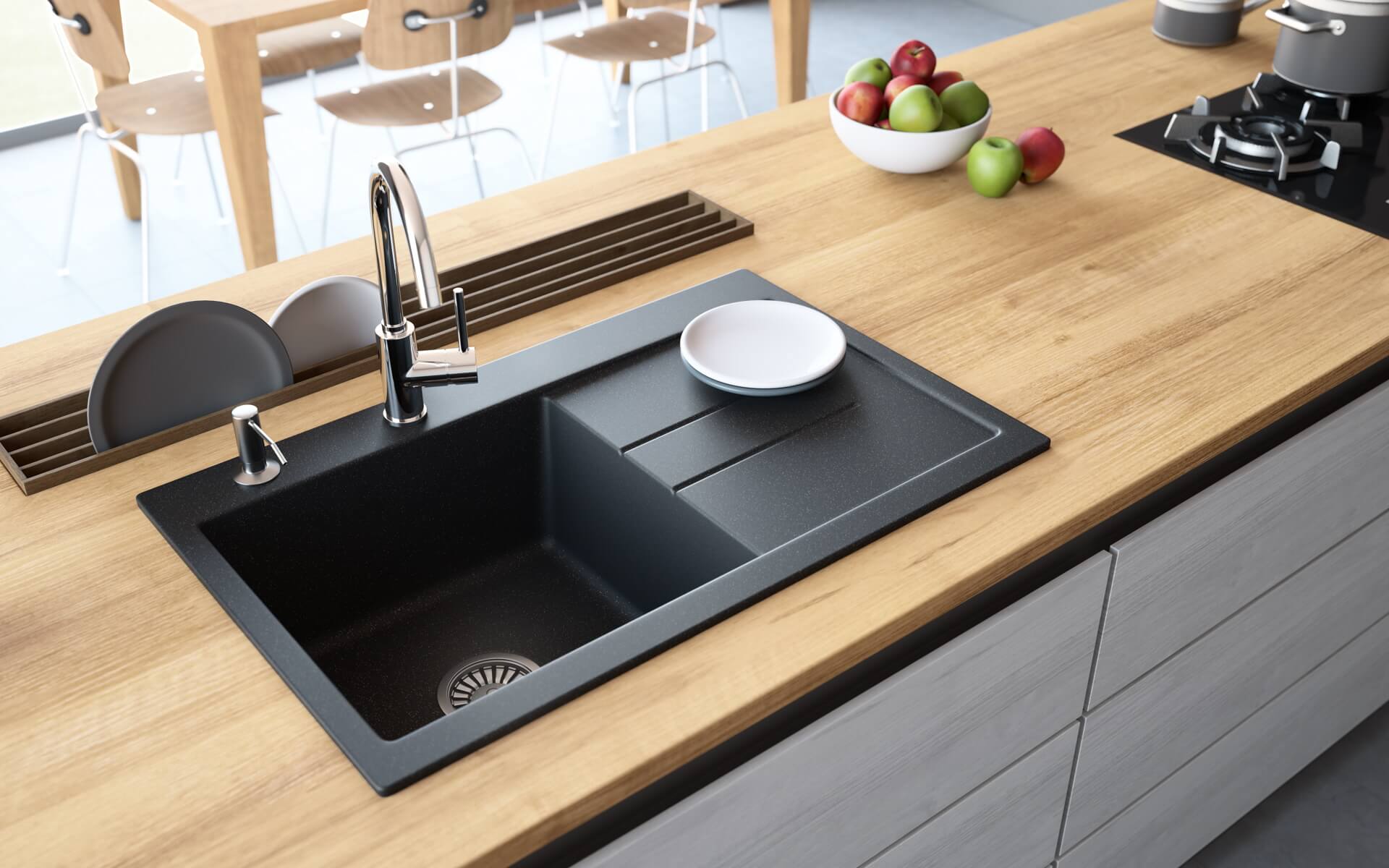
Material Matters
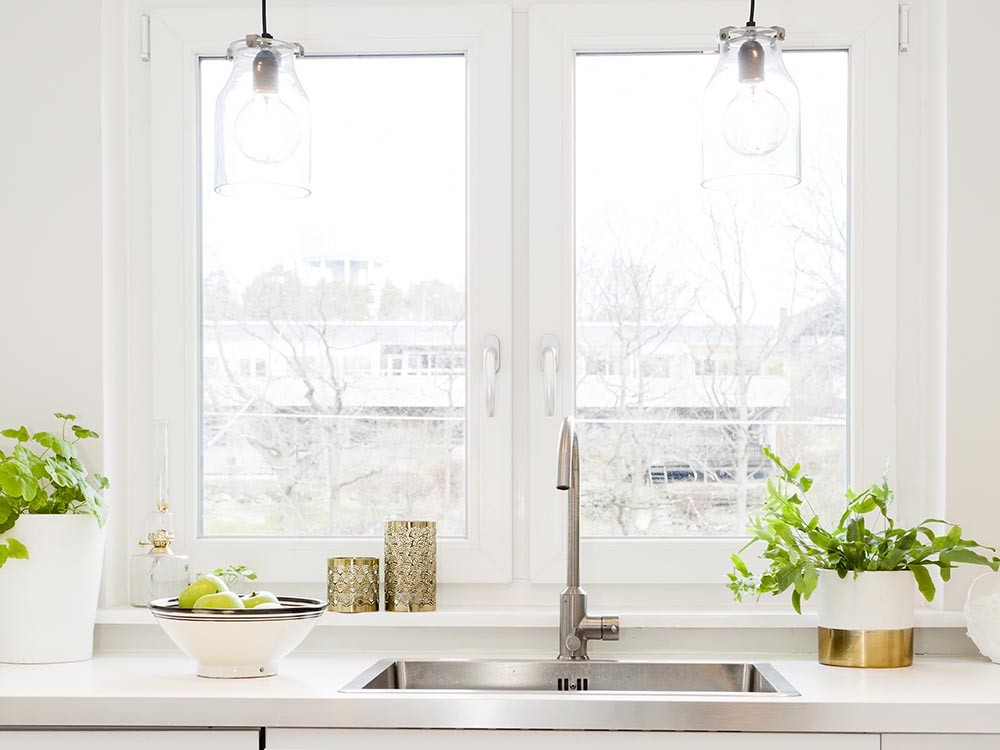 When it comes to choosing a kitchen sink, the material it is made of is a crucial factor to consider. While traditional stainless steel sinks are a popular and practical choice, there are also other options available such as porcelain, granite, and even copper. Each material has its own unique characteristics and benefits, so it's important to research and determine which one will best suit your needs and aesthetic preferences. For example, if you want a sink that is durable and easy to clean, stainless steel may be the way to go. On the other hand, if you want a more sophisticated and elegant look, a porcelain sink may be the perfect fit for your kitchen.
When it comes to choosing a kitchen sink, the material it is made of is a crucial factor to consider. While traditional stainless steel sinks are a popular and practical choice, there are also other options available such as porcelain, granite, and even copper. Each material has its own unique characteristics and benefits, so it's important to research and determine which one will best suit your needs and aesthetic preferences. For example, if you want a sink that is durable and easy to clean, stainless steel may be the way to go. On the other hand, if you want a more sophisticated and elegant look, a porcelain sink may be the perfect fit for your kitchen.
Size and Configuration
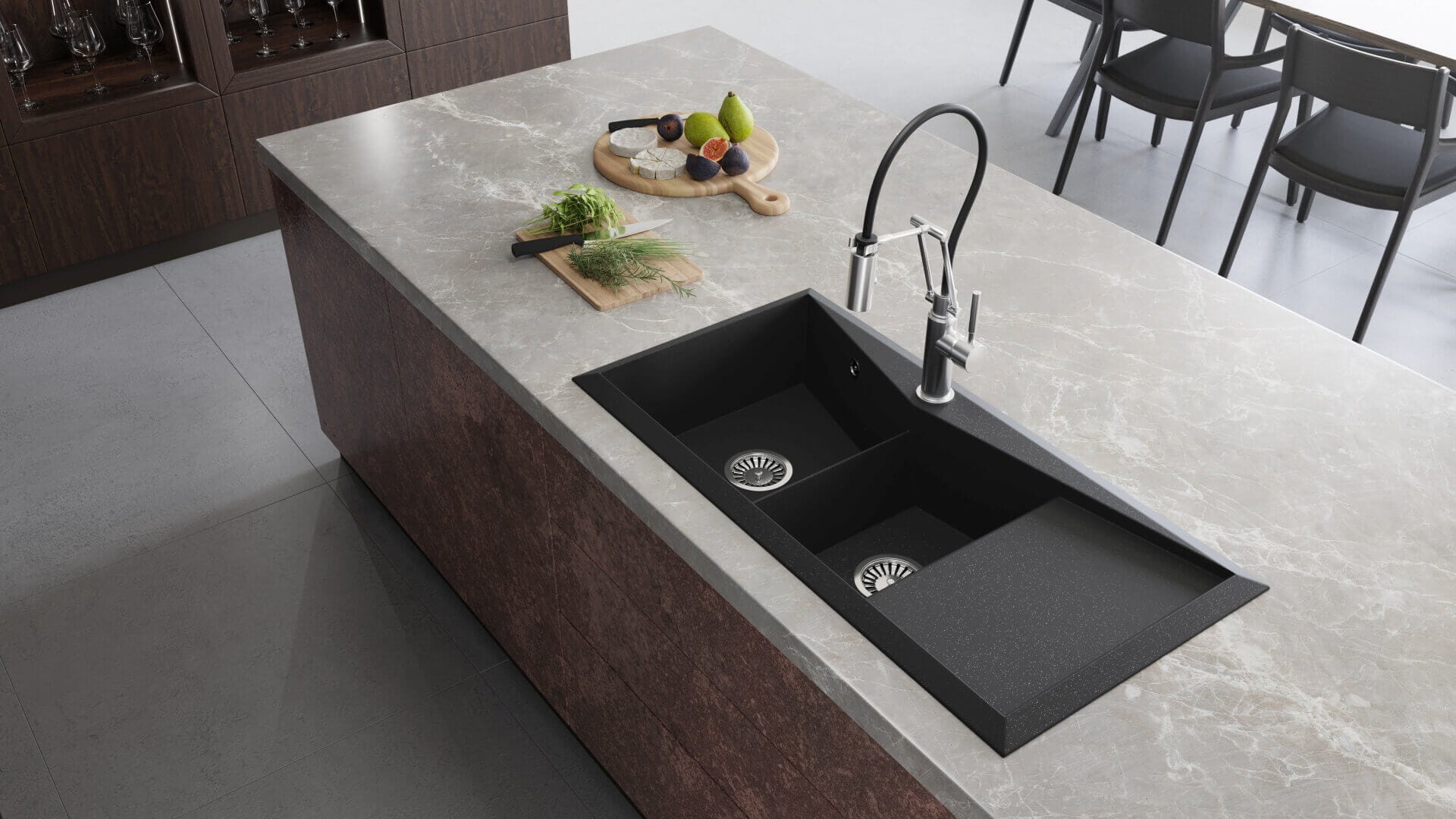 Another important consideration when choosing a kitchen sink is the size and configuration. You want to make sure that the sink you choose fits comfortably in your kitchen and provides enough space for your daily tasks. Measure the area where the sink will be installed and consider how much counter space you have available. Additionally, think about how you use your sink and what configuration will work best for you. For example, if you do a lot of washing dishes by hand, a single basin sink may be more practical, whereas if you have a dishwasher, a double basin sink may be more convenient.
Another important consideration when choosing a kitchen sink is the size and configuration. You want to make sure that the sink you choose fits comfortably in your kitchen and provides enough space for your daily tasks. Measure the area where the sink will be installed and consider how much counter space you have available. Additionally, think about how you use your sink and what configuration will work best for you. For example, if you do a lot of washing dishes by hand, a single basin sink may be more practical, whereas if you have a dishwasher, a double basin sink may be more convenient.
Style and Functionality
 While the functionality of a kitchen sink is crucial, it's also important to consider the style and design. A kitchen sink can be a focal point in your kitchen and can enhance the overall aesthetic. Think about the style of your kitchen and choose a sink that complements it. Additionally, consider the different features that sinks offer, such as built-in drainboards, cutting boards, and strainers. These features can add convenience and efficiency to your daily tasks in the kitchen.
While the functionality of a kitchen sink is crucial, it's also important to consider the style and design. A kitchen sink can be a focal point in your kitchen and can enhance the overall aesthetic. Think about the style of your kitchen and choose a sink that complements it. Additionally, consider the different features that sinks offer, such as built-in drainboards, cutting boards, and strainers. These features can add convenience and efficiency to your daily tasks in the kitchen.
Budget and Maintenance
 Last but not least, it's important to consider your budget and the maintenance requirements of the sink you choose. While some materials may be more expensive upfront, they may require less maintenance and have a longer lifespan, making them a more cost-effective choice in the long run. Additionally, consider how easy it will be to keep the sink clean and in good condition. This is especially important if you have a busy lifestyle and want a sink that is low maintenance.
By considering these additional factors, you can ensure that you choose the perfect kitchen sink for your needs and create a beautiful and functional space in your home.
Last but not least, it's important to consider your budget and the maintenance requirements of the sink you choose. While some materials may be more expensive upfront, they may require less maintenance and have a longer lifespan, making them a more cost-effective choice in the long run. Additionally, consider how easy it will be to keep the sink clean and in good condition. This is especially important if you have a busy lifestyle and want a sink that is low maintenance.
By considering these additional factors, you can ensure that you choose the perfect kitchen sink for your needs and create a beautiful and functional space in your home.







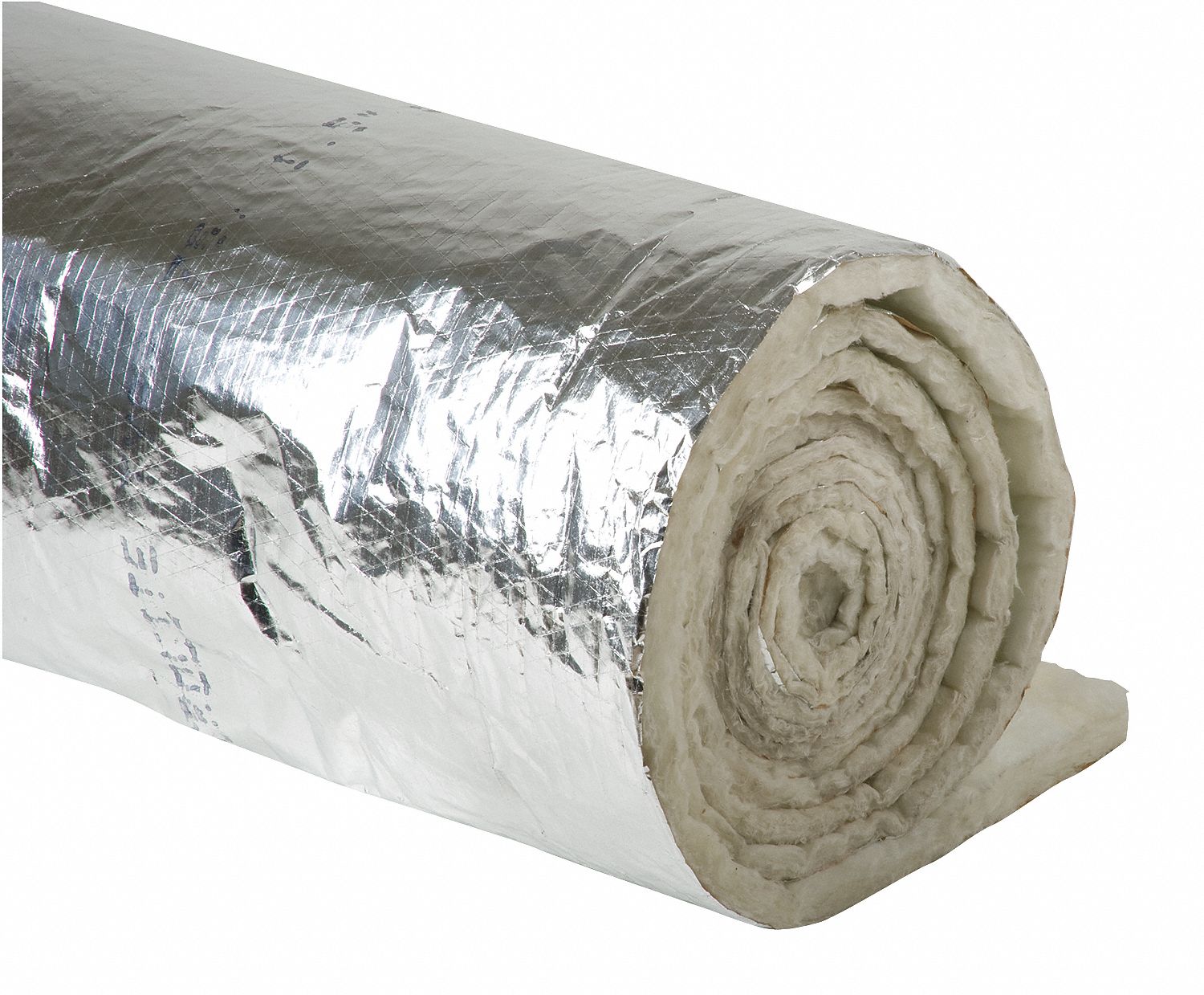

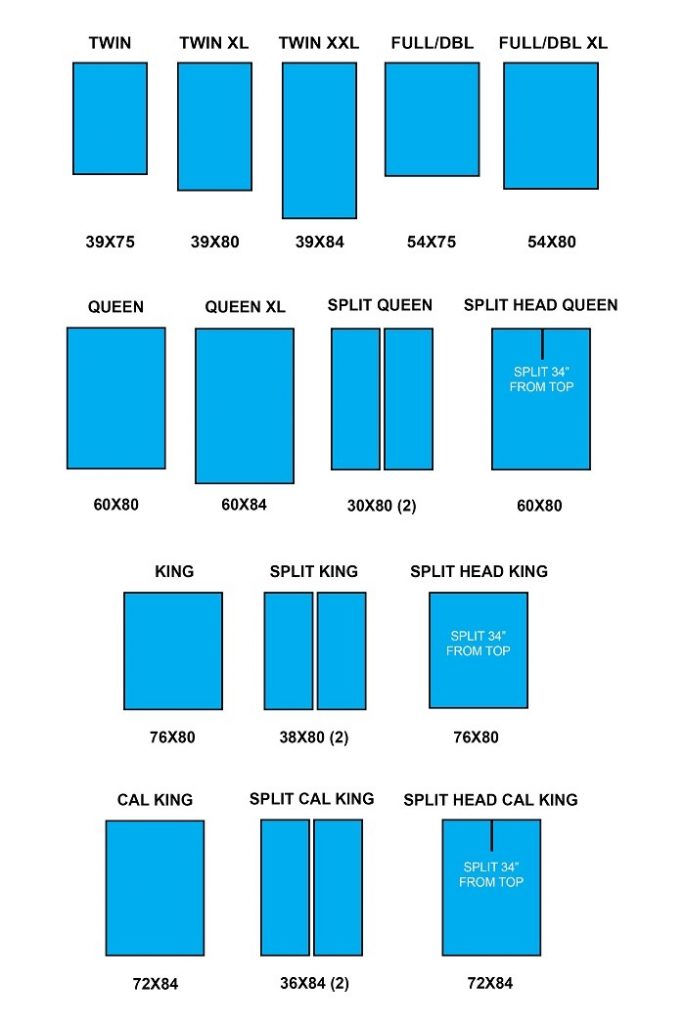


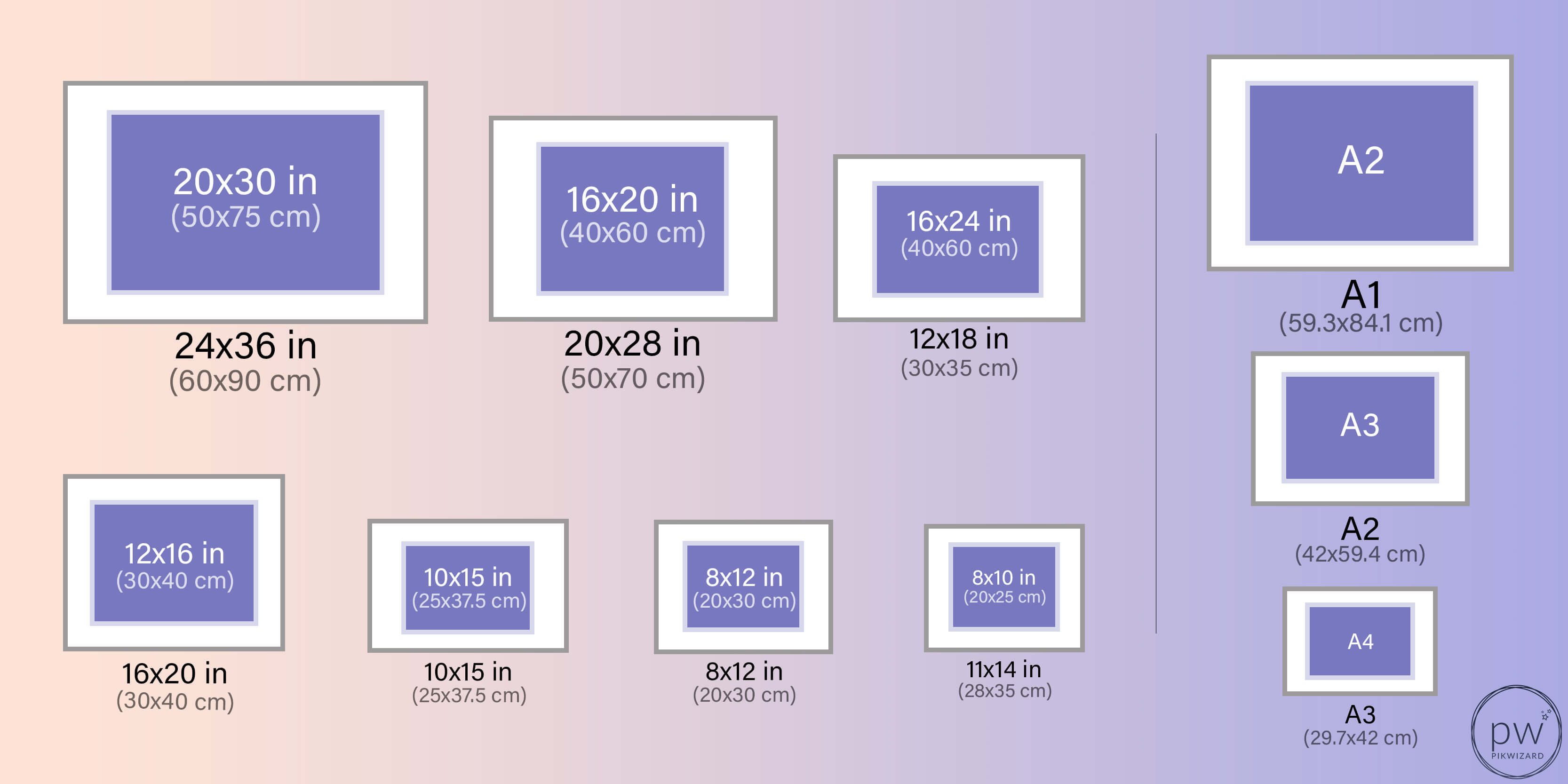


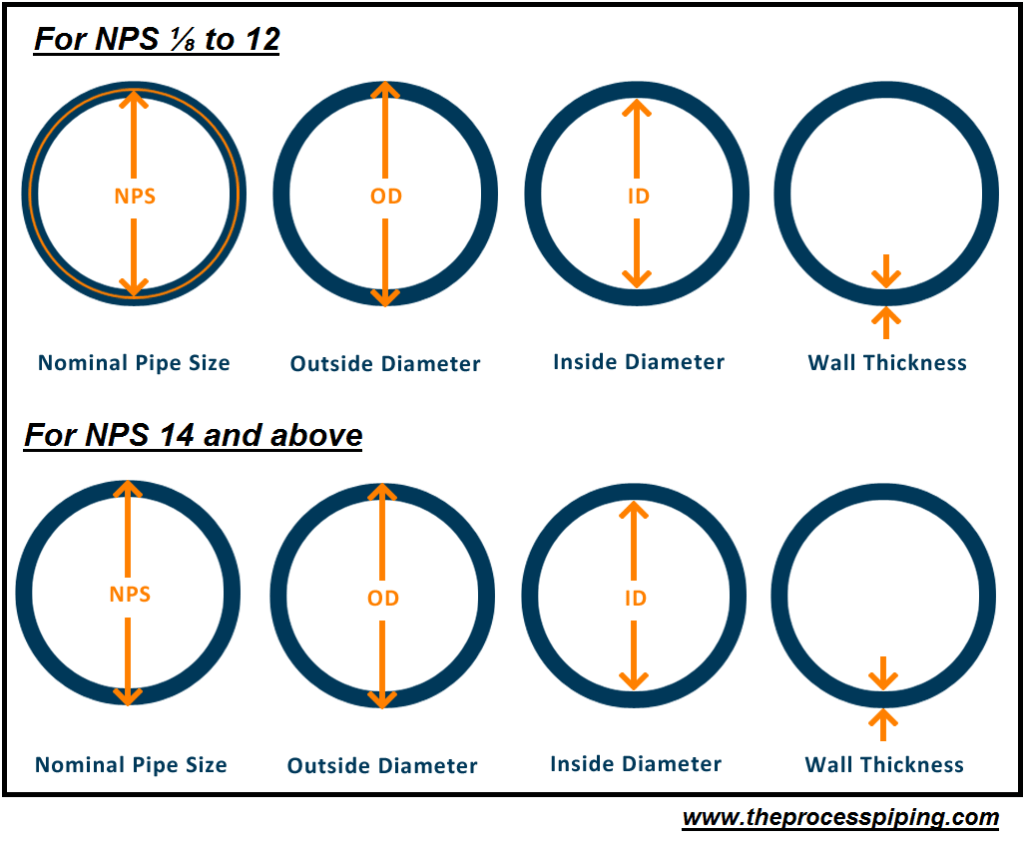

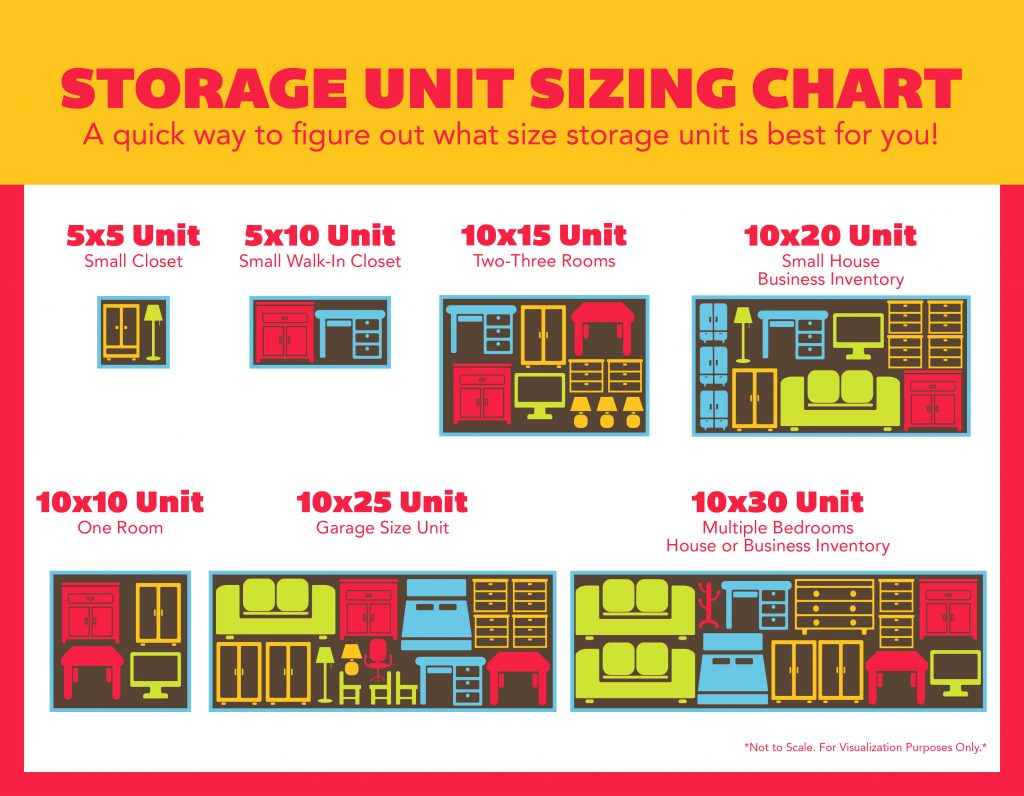














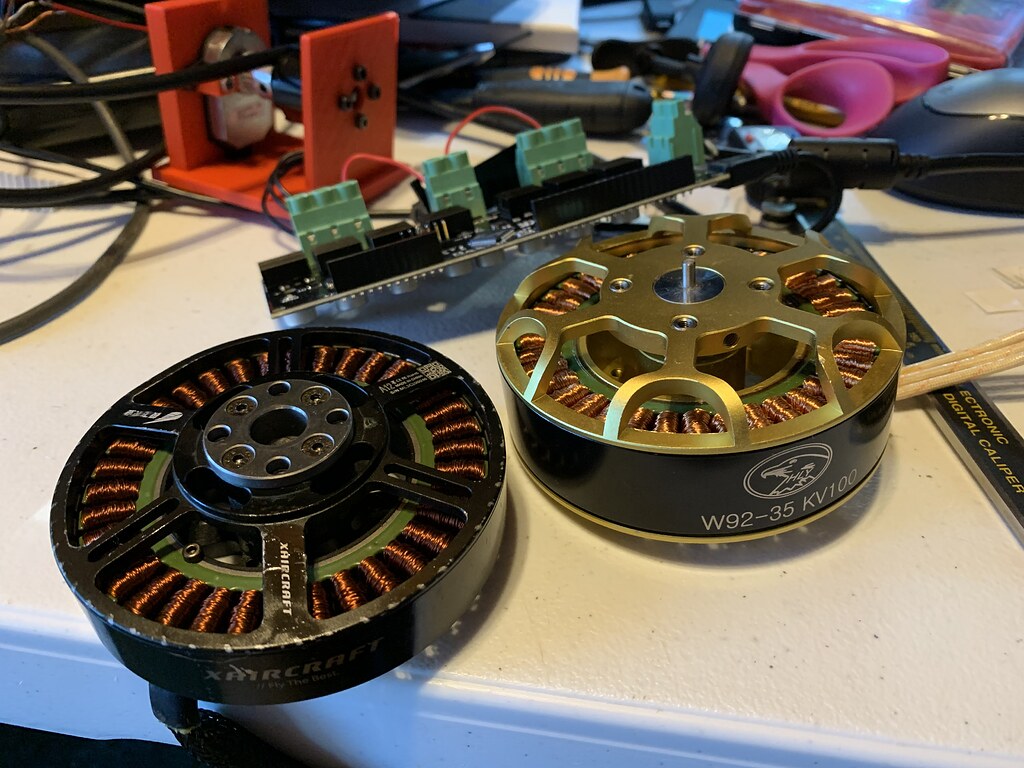
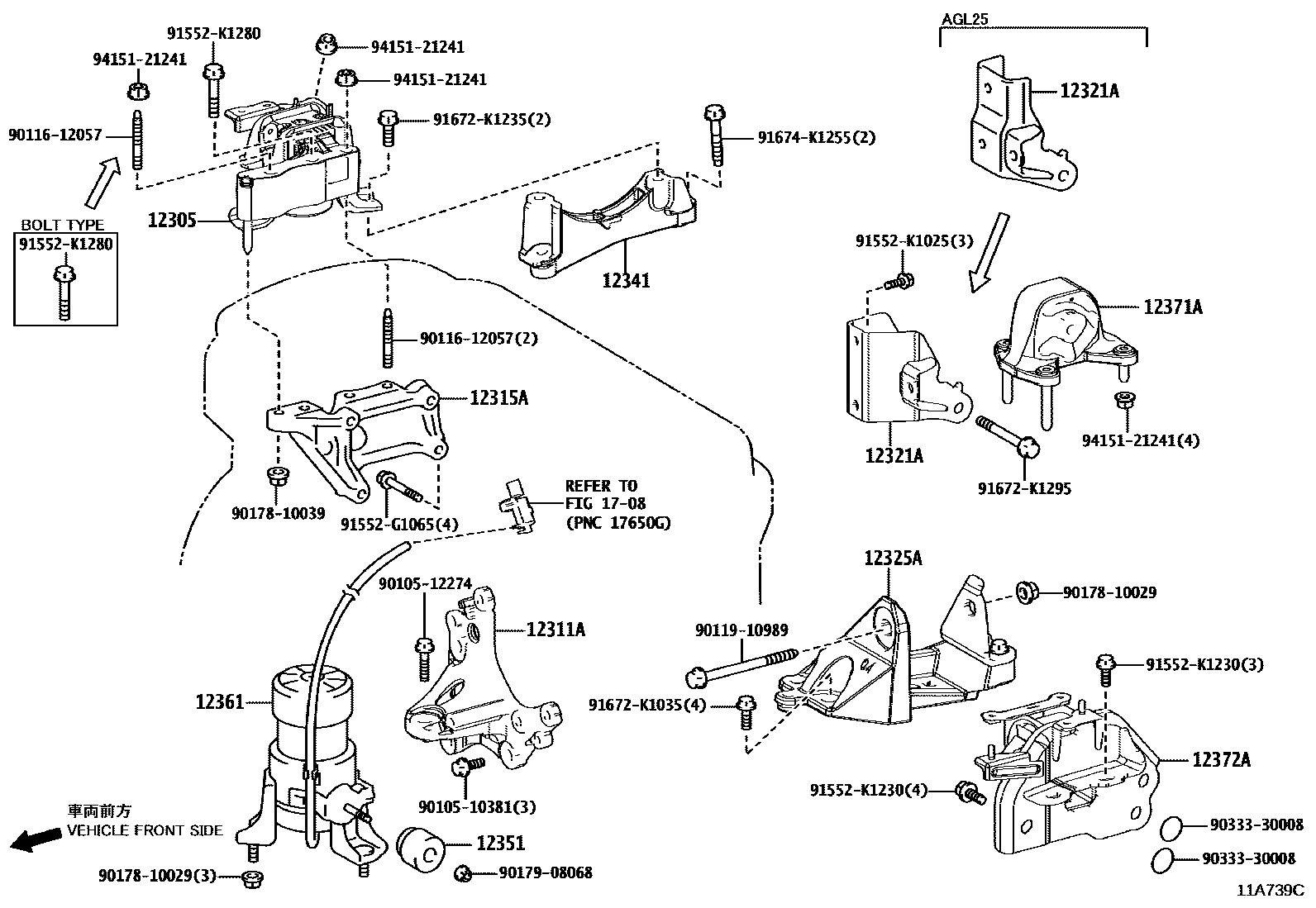





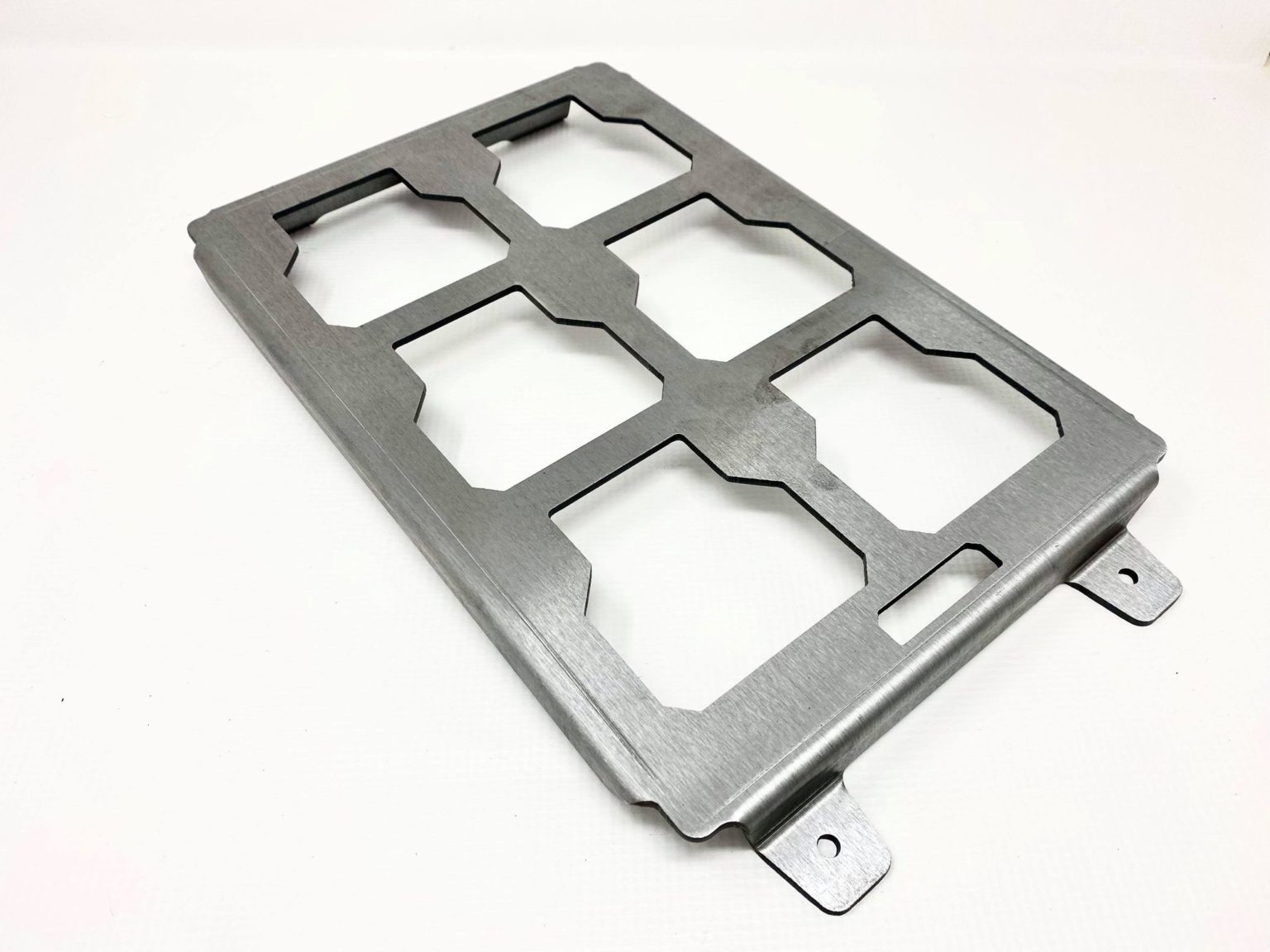



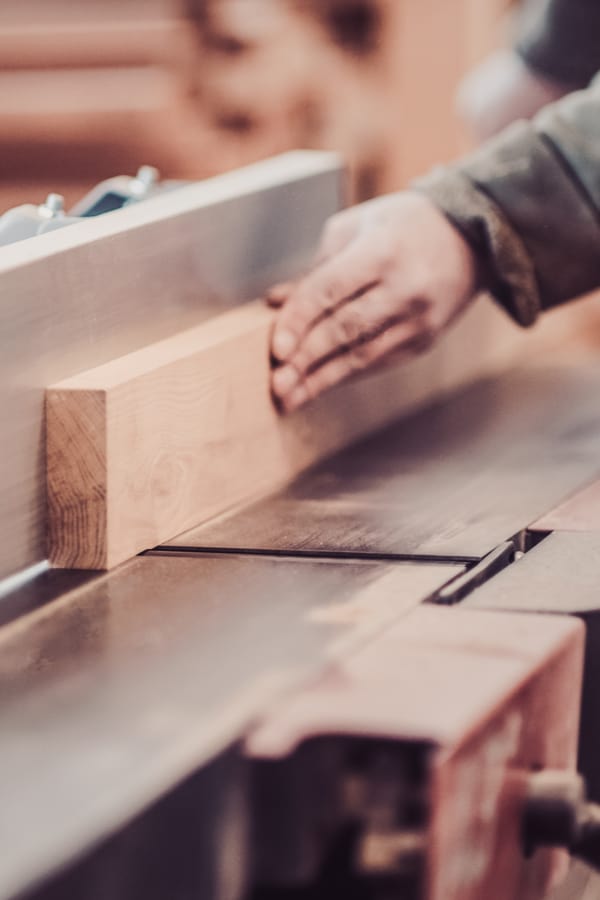














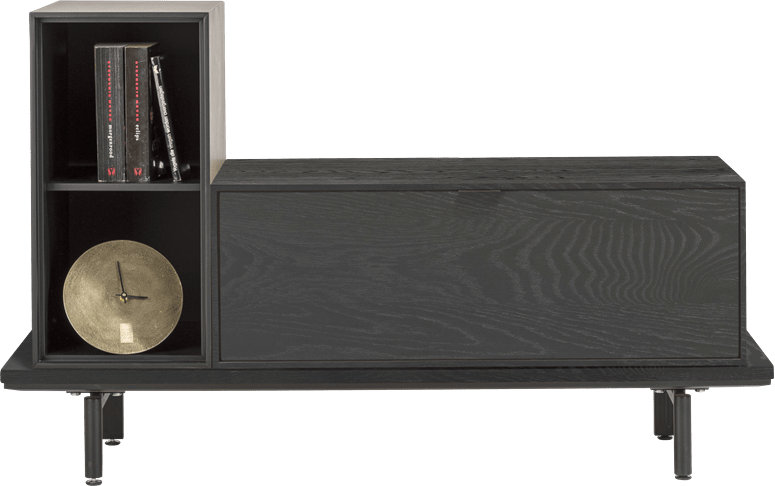












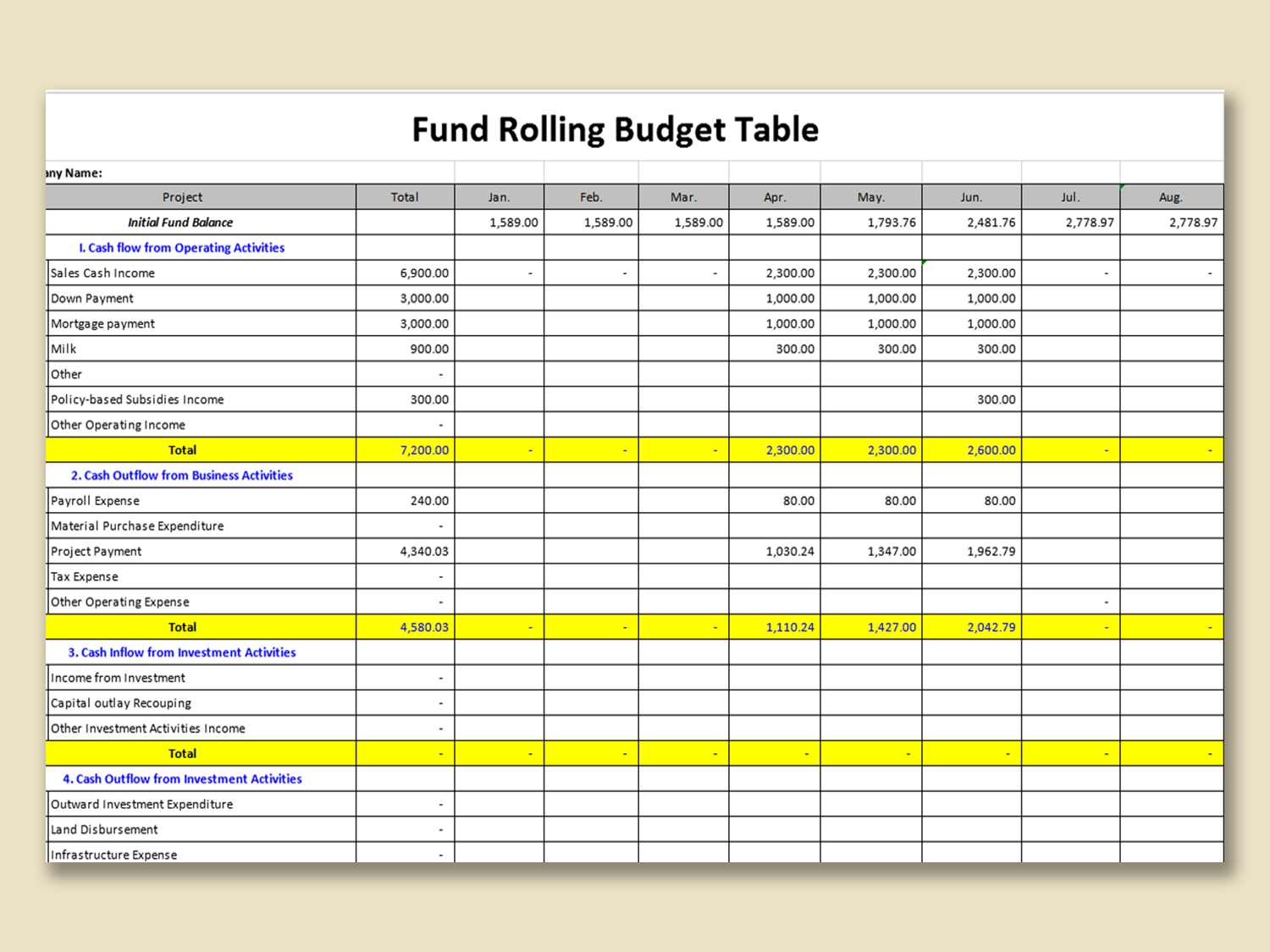


:max_bytes(150000):strip_icc()/what-makes-for-a-successful-budget-1289233_final-225d5c28eefd4a0a8ecbebce0f599b1d.jpg)
